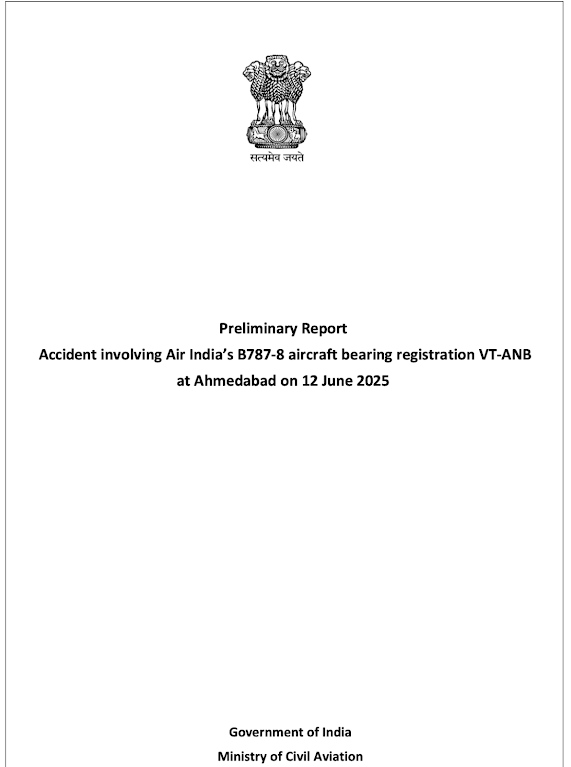Pretext : This short editorial is related to Organisational Control methodologies - Structures related to it, encompassing Leadership styles, genre of Coordination to achieve the Organisational objectives. The drawbacks pertaining to deployment of excessive control devices in an Organization are also highlighted at the end.
1. CONTROL DEVICES :
Control devices are intangible assets of an organisation which helps in realisation of Organisational Goals by and large.
In common parlance, control has a negative and restrictive connotation but the organisational control system is a very important means for checking and verifying organisational goal achievement.
Organisations that are consciously result-oriented usually adopt a number of measures to see that performance takes place according to planned standards.
For the same, a organisation lays down a corporate plan which is a long term plan spelling out the vision, mission and objectives of the organisation.
Top three Control devices employed in an Organisation are as follows :
1. PPB System ( Planning-Programming-Budgeting System ) : Under this system, objectives and programmes are clearly identified at the beginning. Alternative courses of action ( PLAN B ) is chalked out in achieving a planned output ( like - Annual Production / Sales / Recruitment / Operating Profits/ EBITDA plan ). Programming provides a resilience in better inter- department operability and budget is allocated for the same in terms of cost centres.
2. MbO ( Management by Objective ) Technique : This technique basically originated in order to have clear demarcation of objectives and henceforth the responsibility for the same. ( alike- K.R.As of every individual/department in Corporates )
Apart from the aforementioned three devices, other two most important Control devices which indirectly or directly plays an indomitable role in realisation of the organisational objectives are as follows :
1. Competition - In this era of cut throat competition, it becomes very pragmatic to have a continue watch on your competitions. For eg - product range, prices, reachability and Work Culture. All these parameters are inevitably watched and improved upon in order to survive in the market.
2. Auditory Control and Compliances - in terms of work ethics, statutory !nance compliances, product registration and many more legal obligations.
2. CONTROL STRUCTURES :
Control structures are basically the philosophies of people holding the managerial positions which affects the way control mechanisms are actually exercised in an Organisation.
On the basis of predominant power base used in an organisation, CONTROL STRUCTURES are classi!ed as :
1. COERCIVE CONTROL : This the most ruthless way to control. Here the employees/staffs are taken for granted as merely mechanical objects. There’s NO work ethics and culture. This type of organisation doesn’t lasts too long and becomes incompetent in due course of time.
2. UTILITARIAN CONTROL : Here, the individuals exhibit calculative involvement. They just merely work in return of payments and hence are NOT intrinsically involved with the organisation. This type of organisation need to immediately address the loop holes otherwise they become stagnant player in the market.
3. NORMATIVE CONTROL : This is the most optimistic mode of control in which the individuals are intrinsically involved with the organisation and henceforth they go and work beyond their boundaries in realisation of organisational goals. This type of organisation is the one for which one aspires for. The growth here is - a long-lasting, resilient and an exponential one.
3. LEADERSHIP :
Leadership has been variously de!ined to mean an attribute of personality, a positional characteristic and an attribute of behaviour.
“The distinguishing feature of leadership is its ability to persuade others to seek defined objectives enthusiastically, NOT by coercion”
There are five major bases of power that are used in any influence transaction between a superior and a subordinate :
Legitimate - Authoritative
Reward-increment,bonus,etc.
Coercive-Suspension,etc.
Referent-Personal inclination, biases, etc.
ExpertPowers-specific skills, competency.
The first three types are derived from formal organisational source. Whereas, the last two are NOT deduced from any formal source.
Hence, a leader has to be proactive enough so as to use which of these bases of power with whom, when and to which extent.
This proactiveness is what differentiates a BOSS from a LEADER.
4. COORDINATION :
Coordination is the unification, integration, synchronisation of the efforts of group members so as to provide unity of action in the pursuit of common goals. It is a hidden force which binds all the other functions of management for better governance. With more and more specialisation, organisational differentiation reaches a stage when the different segments tend to work in isolation from one another and the achievement of overall objective suffers.
Broadly - Coordination is bifurcated into two types :
1. PROCEDURAL COORDINATION - It’s just an overall flow chart through which we get to know the “WHO” part of the problem.
2. SUBSTANTIVECOORDINATION-It’sexactlywhata Leader practises. It basically solves the “HOW” part of any problem.
Hence, under a NORMATIVE CONTROL structure - A leader always focus more on “SUBSTANTIVE COORDINATION”.
This in turn helps an Organisation achieve its goals always a on a higher note as well as with a lot of satisfaction among the Employees/staffs.
3. DRAWBACKS :
There are a lot of drawbacks related to above discussed control mechanisms too.
In excessive and deliberate exercise of PROCEDURAL COORDINATION - Superior doesn’t know the specifics of the case and the subordinate doesn’t knows the general principles, hence NONE can comprehend the TOTALITY of the situation. Hence, at last the Organisation suffers.
Excessive HIERARCHY changes KNOWLEDGE into SECRECY and COMPETENCE into MYSTERY. Hence, you would notice a good pool of employees leaving the organisation and at last again the sufferer is none other than the organisation itself.
Only bond between thes so called“BOSSES”(very far away from leadership ) is passive obedience to the next higher level. Hence, there won’t be any significant change seen and the agility of an organisation falls significantly.
-----------------------------



No comments:
Post a Comment